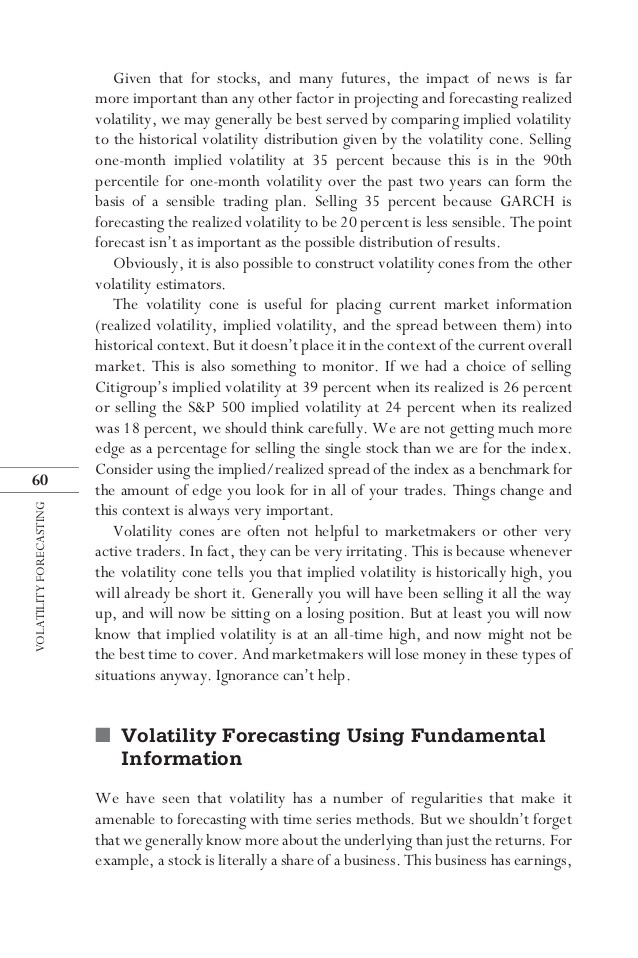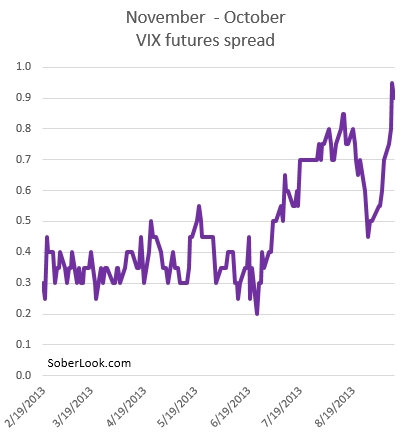More volatility ahead as uncertainty rules Yahoo News Singapore
Post on: 23 Июнь, 2015 No Comment

NEW YORK: The historic swings in the U.S. stock market over the past two weeks, have investors struggling to figure out where equities may be headed next in the week ahead, starting Monday, Aug 22. Only one thing seems clear: The volatility is far from over.
A lack of progress on some of the economy’s biggest issues — from sovereign debt in Europe to growing signs the U.S. is in danger of slipping back into recession — will drive more uncertainty and moves from one extreme to another.
However, with the S&P 500 down 17.6 percent from its 2011 high, many investors say a bottom could be near and bargain hunters could trigger at least a momentary bout of buying.
We’re not even close to the end of volatility, but given a decline of almost 17 percent in 13 days, we could see a rise from these levels, said Mike Gibbs, chief market strategist at Morgan Keegan in Memphis, Tennessee.
If there’s something major with the European situation, that could be a catalyst for value investors to come back in.
The situation in Europe has been dictating much of the market’s recent movement. On Tuesday, shares fell after a meeting between the heads of and Germany failed to squelch fears about euro-zone leaders’ ability to contain the region’s debt issues, which could impact global growth and the profit outlooks of U.S. banks.
Market participants will also be looking ahead to comments from Federal Reserve Chairman Ben Bernanke at the central bank’s annual meeting in Jackson Hole, Wyoming, on Friday.
The Fed recently pledged to keep interest rates exceptionally low. at least through mid-2013, news that sparked a short-lived rally, suggesting that there may be little new information coming out of the Jackson Hole meeting that could move .
There’s nothing Bernanke can do that’s likely that will help , said Matt McCormick, a money manager at Cincinnati-based Bahl & Gaynor Inc, which has $3.2 billion in assets under management.
If you see potential bank problems out of Europe before then, he might have some ammo for another round of quantitative easing, but absent that, investors hoping for an August surprise will likely be disappointed.
AN ATTRACTIVE YIELD
The S&P 500 fell 4.7 percent this week, extending losses of 12.4 percent over the previous three weeks, its worst streak of that length in 2-1/2 years.
The CBOE Volatility Index, also known as the VIX, is up 20 percent this week.
In a note, Birinyi Associates wrote that while the market remained difficult in the short term, there were indications that stocks were attractively valued.
Noting that the S&P 500 was 10 percent below its 50-day moving average, Birinyi said, This is the most oversold the market has been since March 2009.
Birinyi pointed out that the 2.25 percent dividend yield on the S&P 500 was higher than the 10-year U.S. Treasury note’s yield, making this only the second period since the 1950s where stocks have yielded more than .
DOING THE EUROPEAN LOCK-STEP

Issues in Europe may take on outsized influence next week as the U.S. season draws to a close, with Tiffany & Co and Applied Materials among the few S&P 500 companies on tap to report.
Earnings, while often overshadowed by macroeconomic themes, have largely come in stronger than expected, giving investors at least one reason for optimism.
Next week, investors will have plenty of U.S. economic indicators to watch, including the release of data on new home sales data, durable goods orders, consumer sentiment and gross domestic product. Should the data follow the recent trend of weak reports, which have contributed to the growing sense that growth will be muted, it could cause further selling.
There’s still something of a sense that this is just a weak patch in the economy, but prolonged weak data would point more definitely to a double dip, said Marc Scudillo, managing officer at EisnerAmper in New York. There’s a good floor to the S&P 500 at 1,100 right now. If we go under that, there’s room to move even further to the downside.
While U.S. growth concerns remain a primary focus for investors, the issues in Europe are seen as the primary driver of the U.S. stock market in the near-term.
On Tuesday, markets fell as the leaders of France and failed to discuss boosting the size of the euro zone’s rescue fund or the sale of euro bonds, though they detailed closer euro-zone integration. Many investors believe more aggressive policies are needed to restore stability to the area.
What I’m seeing right now is a basically a crisis of confidence, more so than an economic crisis or financial crisis necessarily at this stage, said Natalie Trunow, chief investment officer of equities at Calvert Investment Management in Bethesda, Maryland.
Trunow, who helps oversee about $14.8 billion in assets, cited the inability by policy-makers to come to a good path as the reason for the uncertainty.
Morgan Keegan’s Gibbs said that the endgame in Europe was that if confidence doesn’t return, we’ll continue to see the S&P essentially moving in lock-step with European markets. — Reuters














